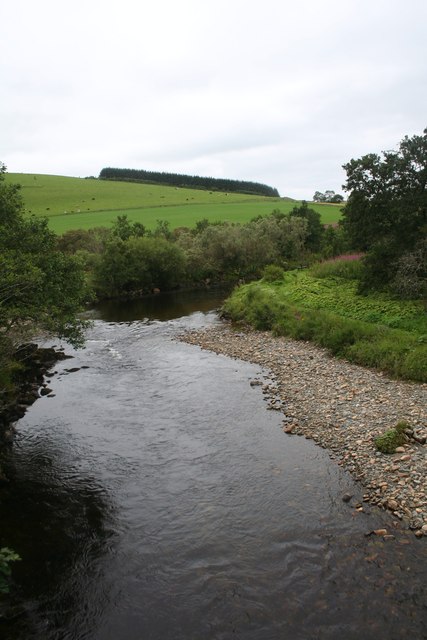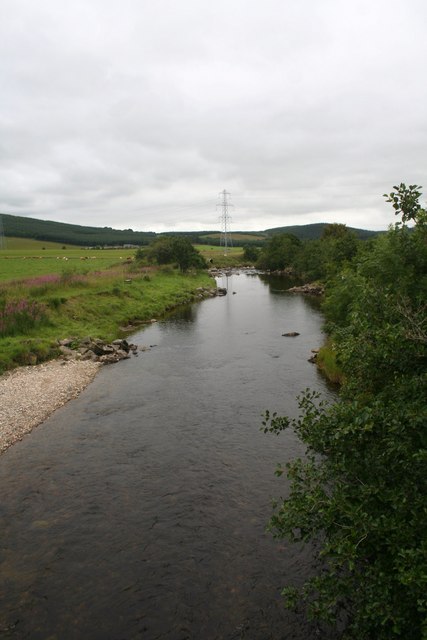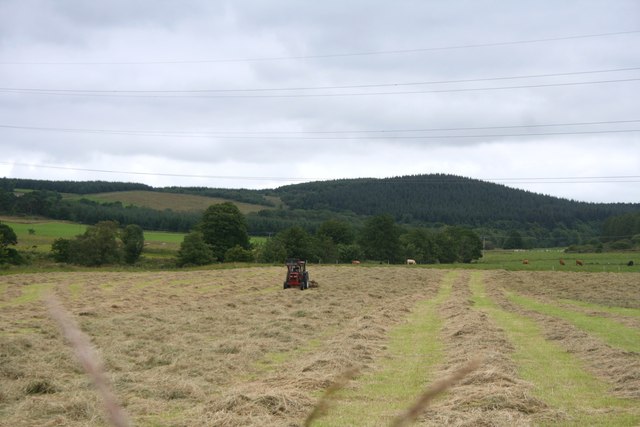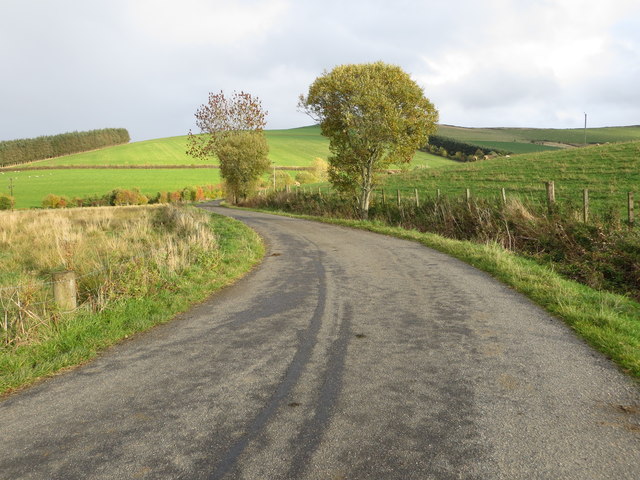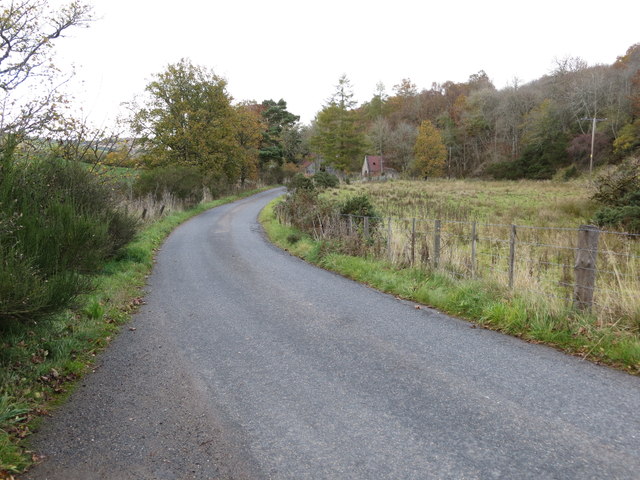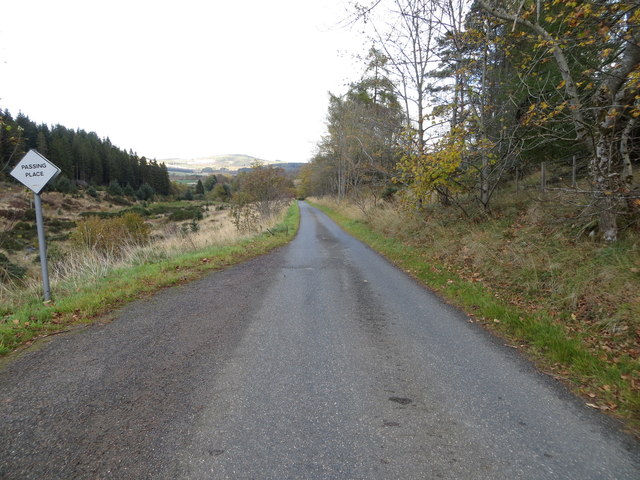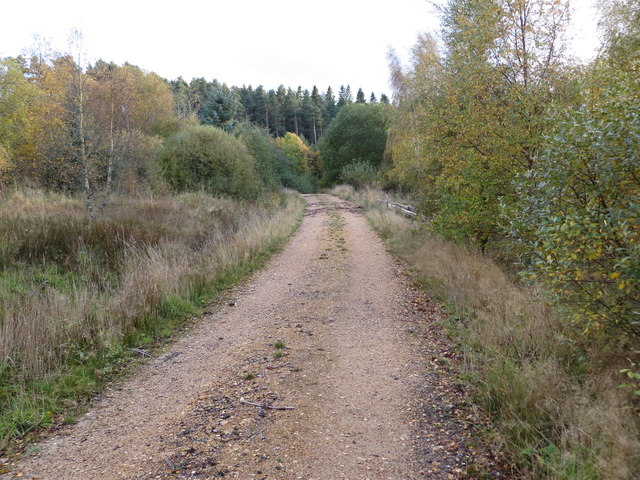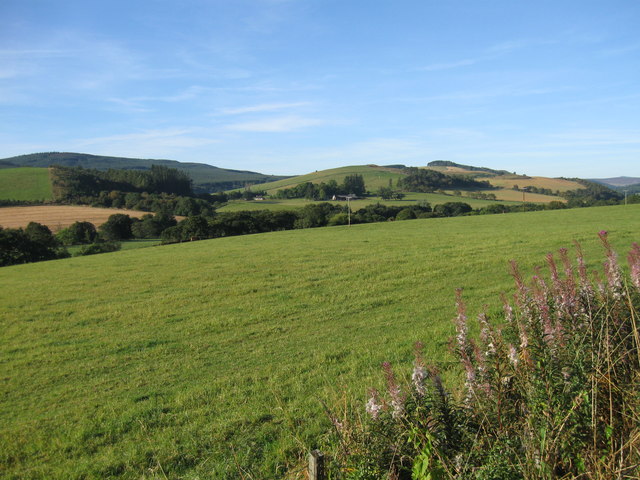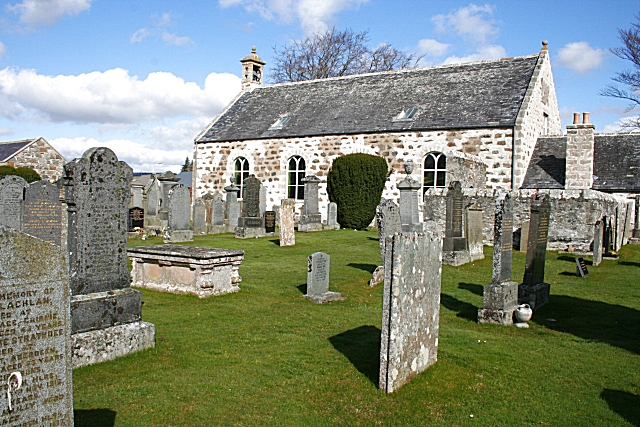Artloch Pot
Lake, Pool, Pond, Freshwater Marsh in Aberdeenshire
Scotland
Artloch Pot
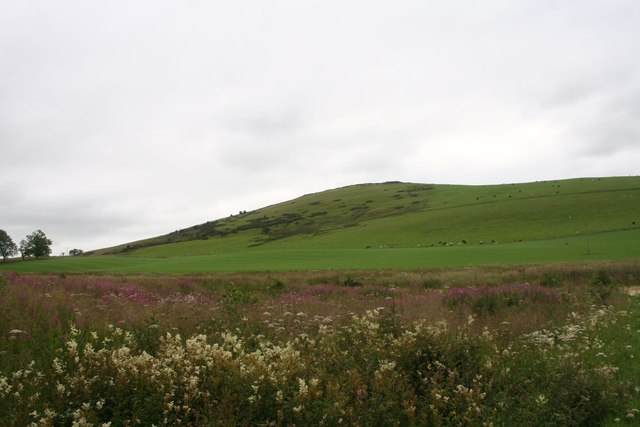
Artloch Pot is a picturesque freshwater loch located in Aberdeenshire, Scotland. This natural body of water covers an area of approximately 6 hectares and is nestled amidst the beautiful rolling hills of the Aberdeenshire countryside. Artloch Pot is known for its tranquil and serene atmosphere, making it a popular spot for nature enthusiasts and anglers alike.
The loch is surrounded by lush vegetation, including reeds and grasses, creating a vibrant ecosystem that supports a variety of wildlife. The area is home to numerous species of birds, such as ducks, swans, and geese, which can often be seen paddling across the calm waters. In addition to avian life, Artloch Pot also provides a habitat for various fish species, including brown trout and pike, making it a sought-after destination for fishing enthusiasts.
The loch is easily accessible, with a well-maintained footpath that runs along its perimeter, allowing visitors to enjoy leisurely walks while taking in the breathtaking views. The surrounding area offers ample opportunities for picnicking and photography, with several picnic tables and viewpoints strategically placed to enhance the visitor experience.
Artloch Pot also serves as a freshwater marsh, providing important ecological functions such as water filtration and flood prevention. The marshy areas around the loch are characterized by a diverse range of plant life, including sedges, rushes, and water lilies. These wetland plants not only add to the aesthetic appeal of the area but also provide crucial habitats for amphibians, insects, and other small creatures.
Overall, Artloch Pot is a natural gem in Aberdeenshire, offering a peaceful retreat for those seeking solace in nature's beauty. Its diverse ecosystem and stunning surroundings make it a must-visit destination for anyone with an appreciation for Scotland's natural wonders.
If you have any feedback on the listing, please let us know in the comments section below.
Artloch Pot Images
Images are sourced within 2km of 57.450866/-2.8756909 or Grid Reference NJ4740. Thanks to Geograph Open Source API. All images are credited.
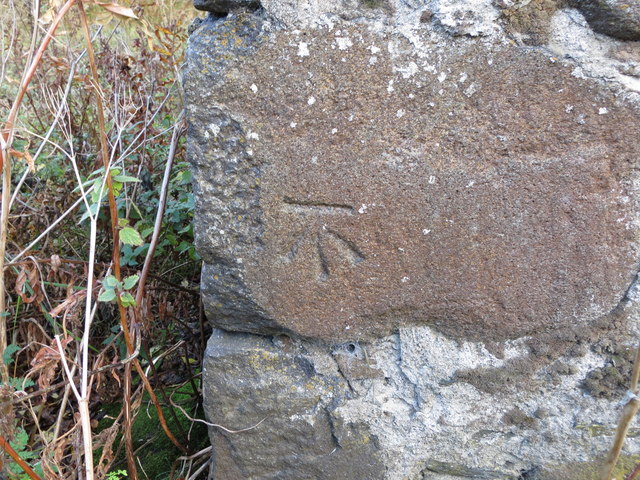
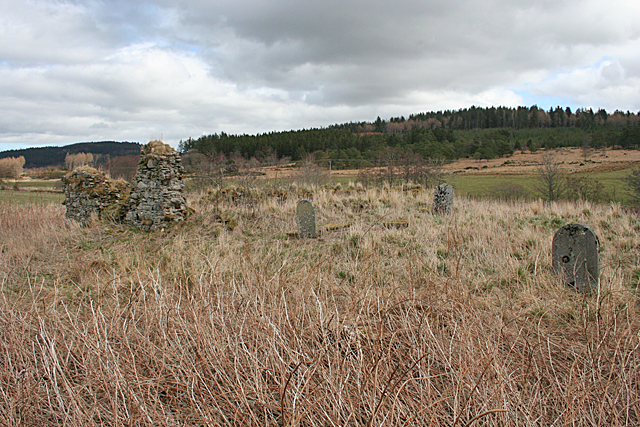
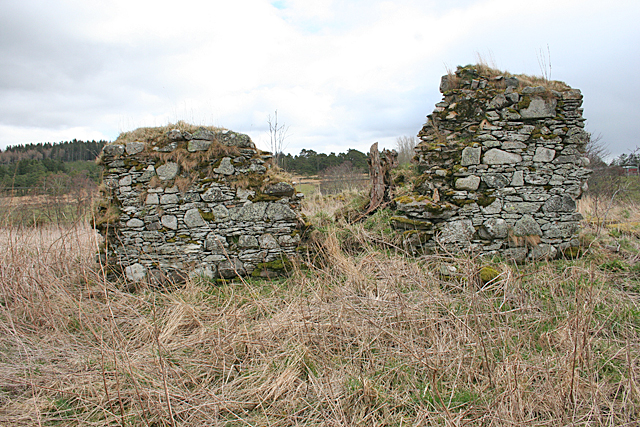





Artloch Pot is located at Grid Ref: NJ4740 (Lat: 57.450866, Lng: -2.8756909)
Unitary Authority: Aberdeenshire
Police Authority: North East
What 3 Words
///fractions.goose.tricky. Near Huntly, Aberdeenshire
Nearby Locations
Related Wikis
Torry Burn, Huntly
Torry Burn is a burn which marks the boundary of the parish of Huntly, Aberdeenshire, Scotland. == References ==
Dunbennan
Dunbennan is a settlement near Huntly, Aberdeenshire, Scotland. The name comes from the Gaelic dun-beinnean, or the fort of the little hill, and originally...
Kye Hill
Kye Hill is a hill by Huntly, Aberdeenshire, Scotland. It lies southwest of The Clashmach hill and is nearly the same height. There is a former limestone...
Cairnie
Cairnie, also written Cairney, (Scottish Gaelic: Càrnaidh/A' Chàrnaich) is a village in Aberdeenshire, Scotland. It is in the district of Huntly. It has...
Ardonald
Ardonald is a rural area near Cairnie in Aberdeenshire, Scotland. == References ==
Blairmore School
Blairmore School was an independent boarding preparatory school in Glass near Huntly, Aberdeenshire until its closure in 1993. The site is now owned and...
Clean Pool
Clean Pool was an important boundary marker between the parishes of Huntly and Cairnie, Aberdeenshire, Scotland. It has now been dried up to plant conifer...
Burn of Tullochbeg
Burn of Tullochbeg is a burn which marks the boundary of the parish of Huntly, Aberdeenshire, Scotland. == References ==
Nearby Amenities
Located within 500m of 57.450866,-2.8756909Have you been to Artloch Pot?
Leave your review of Artloch Pot below (or comments, questions and feedback).
